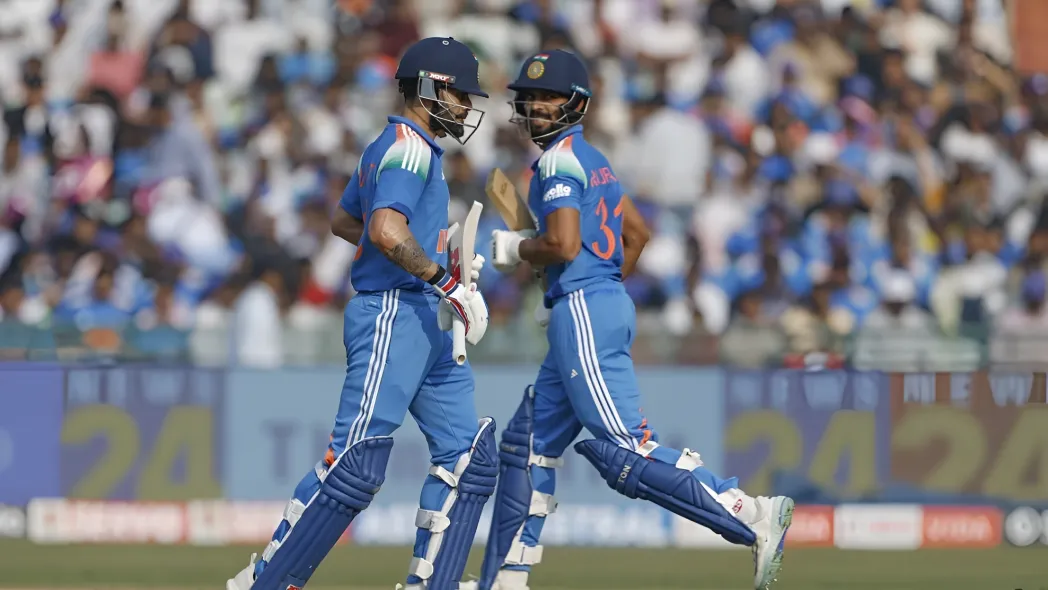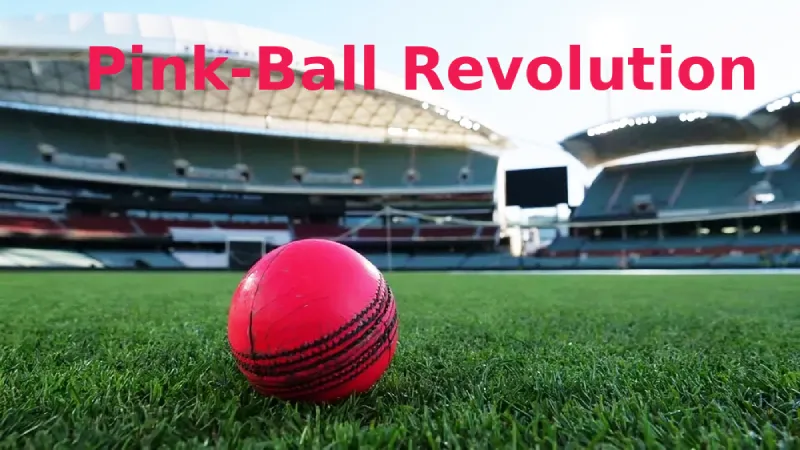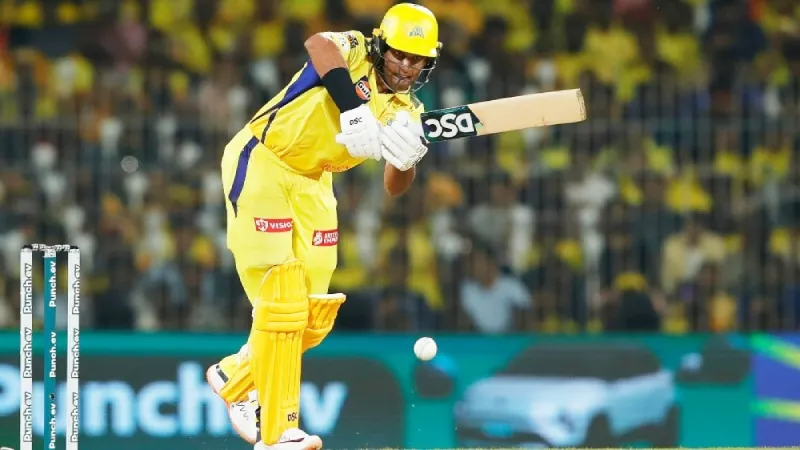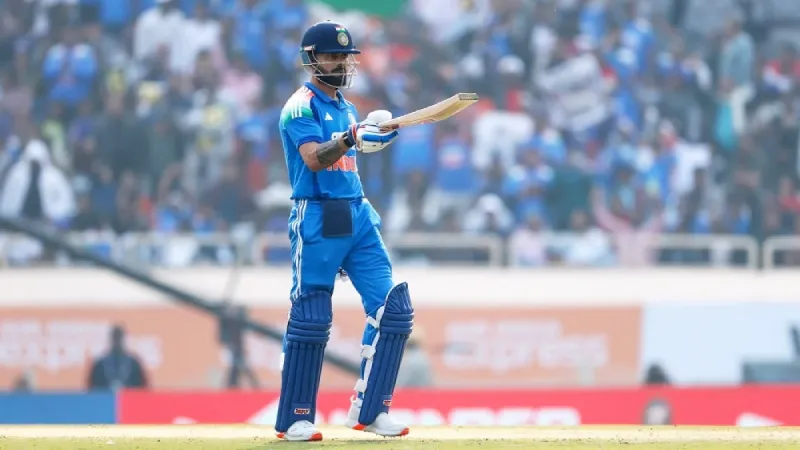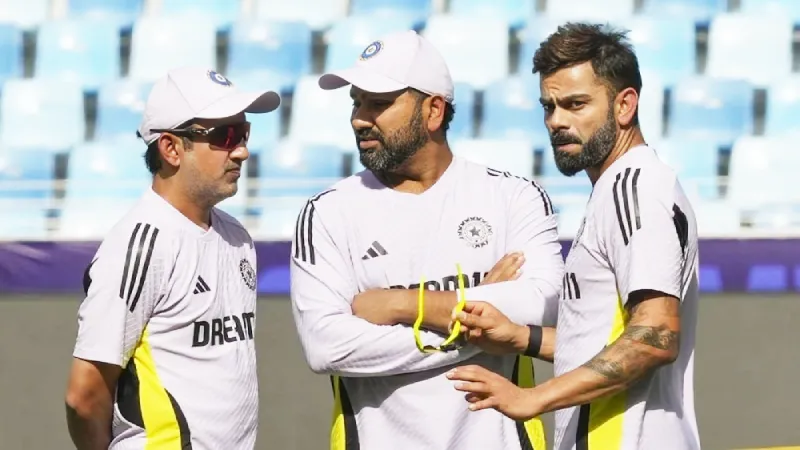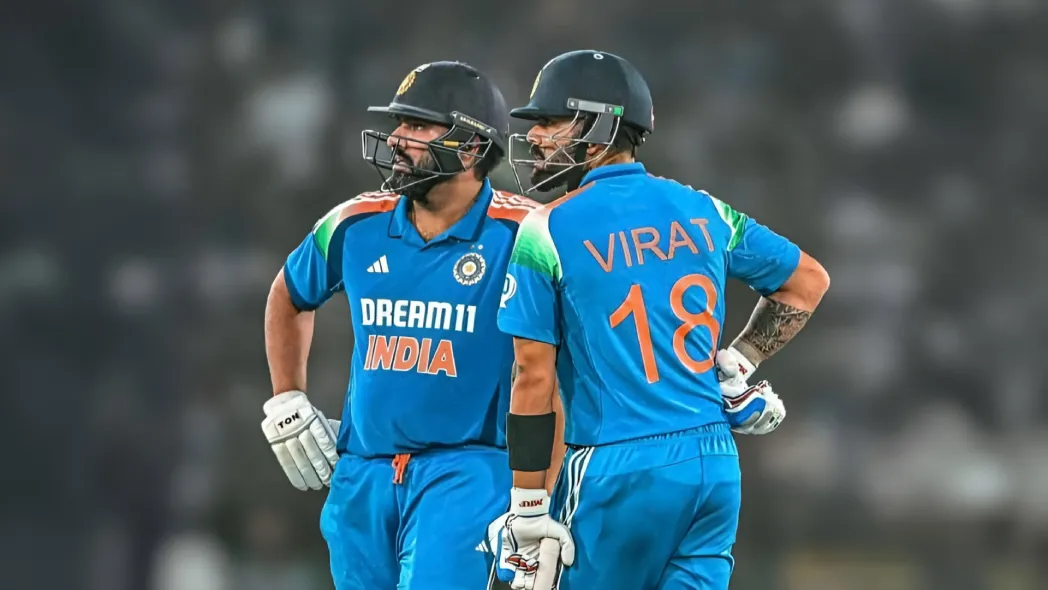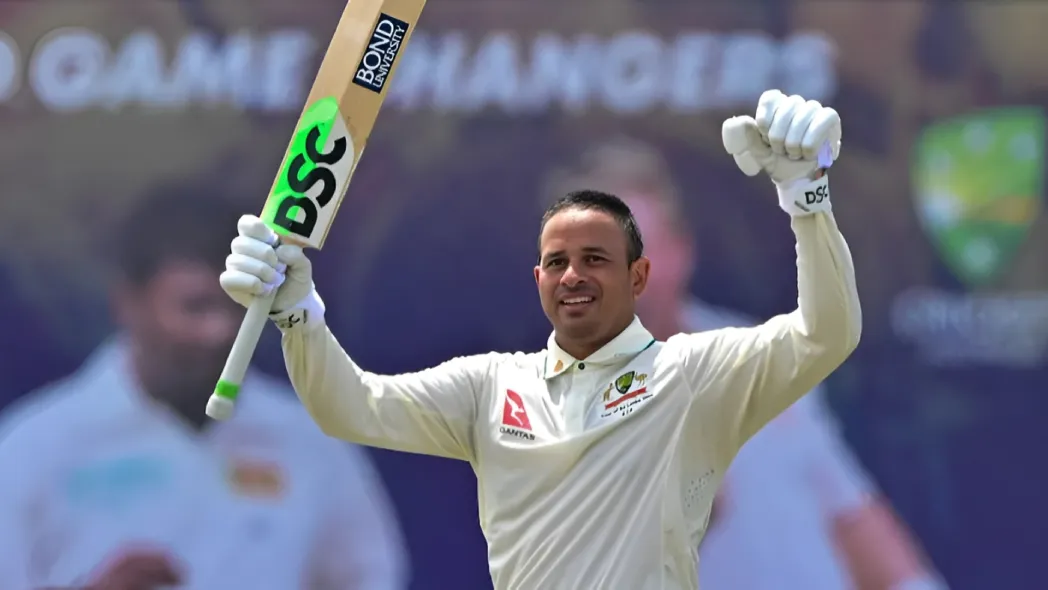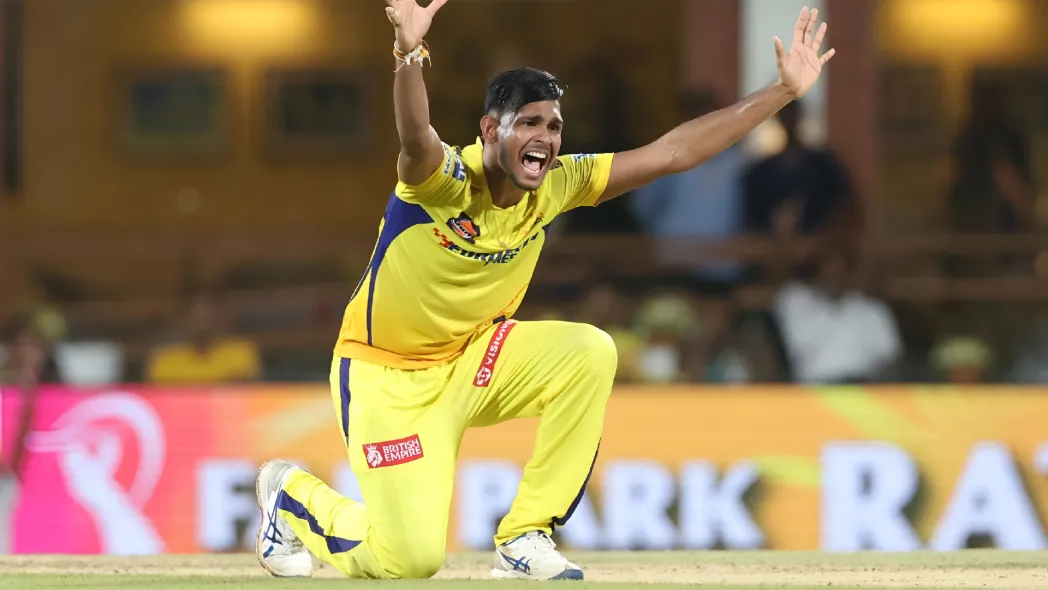Remember England’s Test team that was Bazball—more concerned with brashness, confidence, and hitting their way to victory than batting in difficult conditions? Well, coming around the corner is a whole new thing. Blockball: a sort of new-age, strategic meditation, where defence is no longer mundane, but strategic. In a time where six-hitting and chasing 400 runs have taken precedent, England’s new approach is confusing fans, commentators, and press alike, as their brains are trying to compute “wait, what condition did they just put on themselves?”
Playing the Long Game: What Exactly Is Blockball?
Where Bazball swings for the fences, Blockball leans on patience and pads. It is more about patience, sticking around, and a more traditional type of defense. The word Blockball has come to be used since in a Test Match in not easy conditions on the pitch recently, England played a very straight bat, no worse than just blocking. The extravagant shots and declarations were gone, being replaced by a tighter technique, being defensive, and a lot of dot balls!
The change was as much psychological as it was tactical. Instead of attempting to dominate upon receiving the new ball, England instead chose to build slow pressure, followed by physically tiring the bowlers, and slowly build their innings. And Joe Root exhibited this new method. Cool, calm, collected, and seemingly unflappable, he demonstrated that sometimes, survival is the best form of aggressive play.
Stokes’ Tightrope: Between Bold Calls and Bumpy Pitches
If there is one man in the spotlight more than others, it is one man Ben Stokes. The typically cool captain appeared visibly panicked after deciding to bowl first on a pitch where batting first was probably a more secure option for a winning score. Historically, the teams have tended to lose when deciding to bowl first at that ground rather than to be victorious, but again, hindsight is 20/20.
The conditions also played a big part. The swing, seam, and a little bit of guesswork from the pitch made the art of shot-making not just hard, but unsafe as well. So, with the scoreboard pressure rising and the top order loosening, Stokes & Co. took a deep breath. Blockers came out, grit came in.
This transition has also exposed another tenet of England’s philosophy of cricket – flexibility. With Brendon McCullum at the helm, the England team has been identified as limiting or reckless and/or aggressive, yet in this scenario, England proved that they can be flexible when they need to.
Root at the Core: The Collector Returns
Joe Root being called the “Chief Collector” is not just some commentary banter; it is the absolute best analogy for his thinking during Blockball. He doesn’t try to score extravagant fifties or cacophonous sixes—he collects runs like a librarian collects books: quietly, based on the situation, and very thoughtfully.
When Root masters this philosophy of cricket, he can tune out the madness of it all. While other players get caught up in the Bazball vs Blockball debate, Root simply bats. His innings in this test match became a master class on control, timing, and a reminder that you do not need to be brash to be effective.
It is performances like that, which give official credibility to Blockball as a legitimate style of play. When a world-class player like Root works away at the technique, not only does it get noticed by fans, but also by teammates. He reinforces the innings, lets others play around him, and contains inflation when all else is skittering. What do you think—bold new strategy or overthinking under pressure? Let us know in the comments below!
For more, visit JeetBuzz News to read our quality Cricket Blog updates. Explore if you want to reminisce and enjoy all of your favourite cricket players and nostalgic match moments. To ensure that you never miss out, keep updated and join in the fun!





